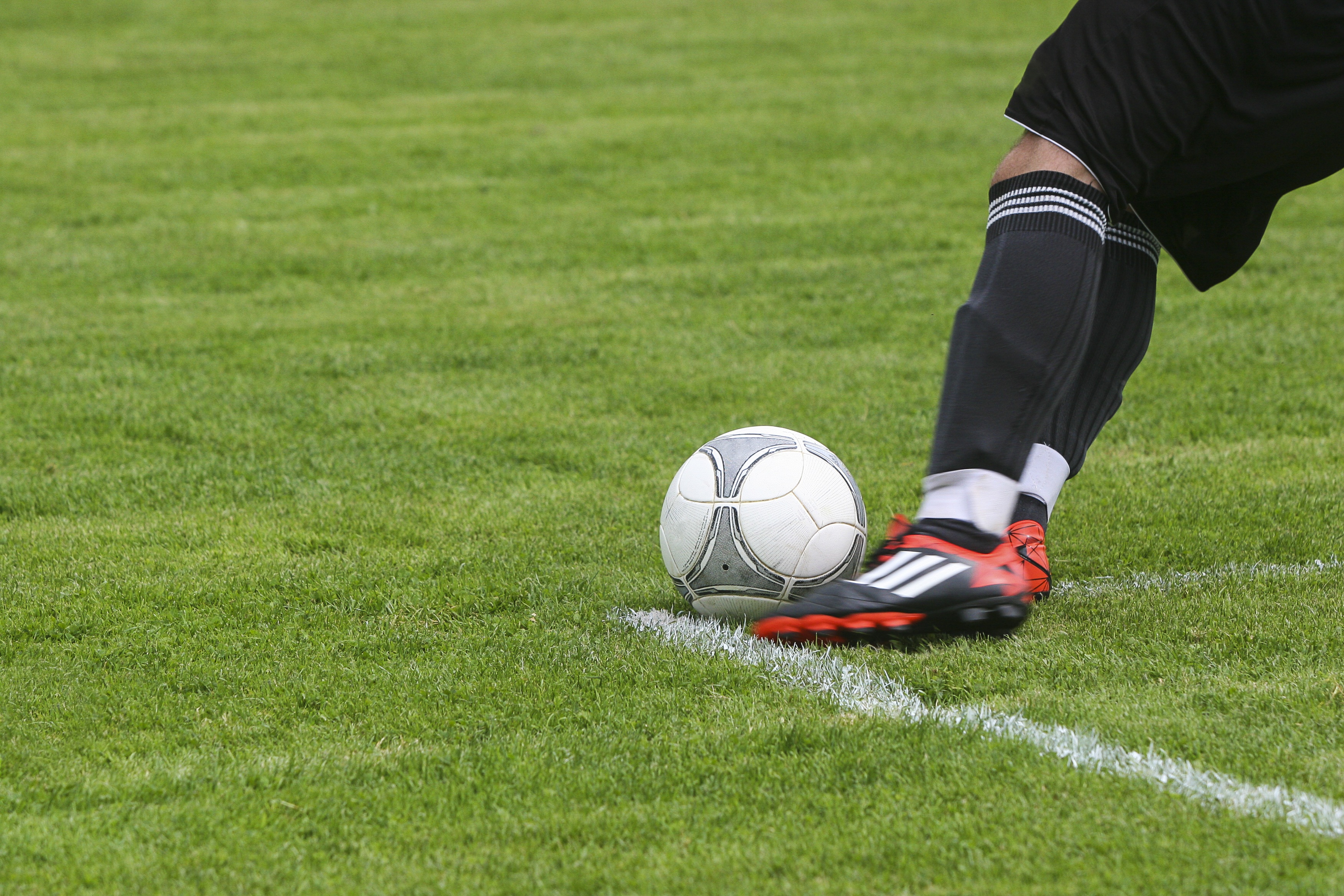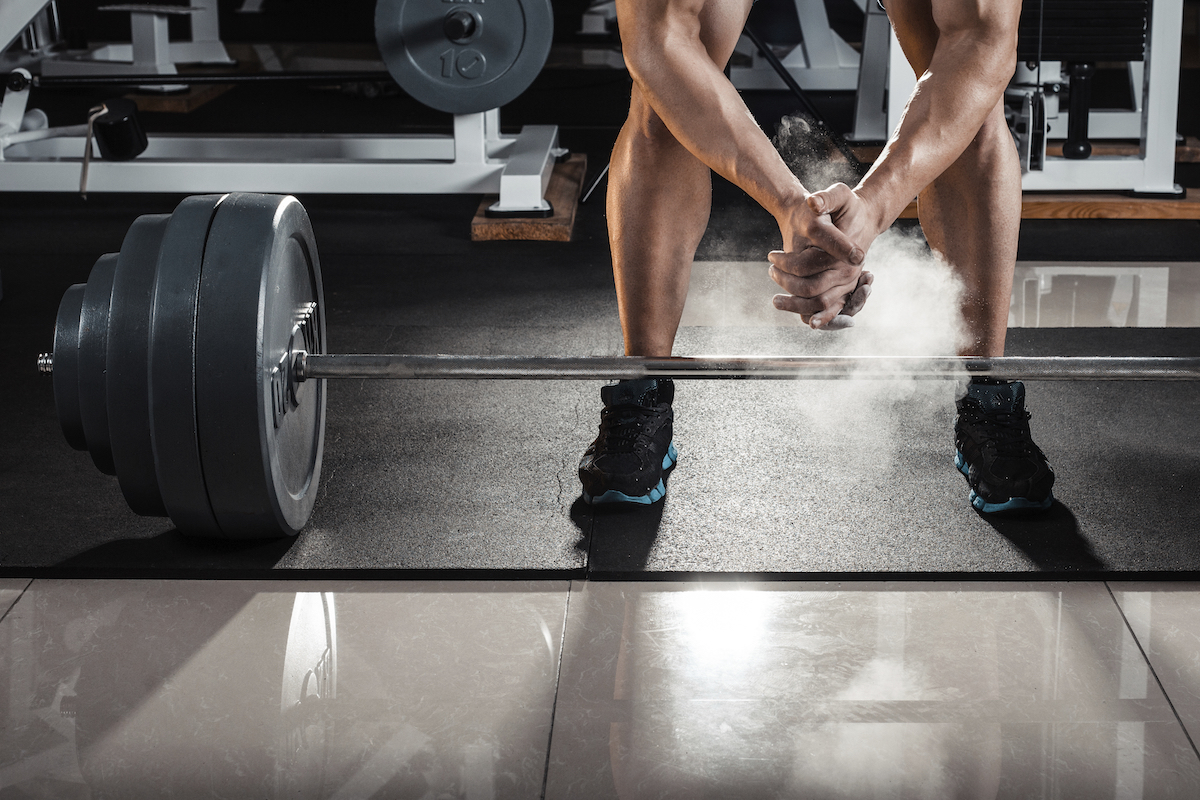One of the challenges with strength and conditioning research is applying it to real athletes. Much of strength and conditioning research is done on college students and involves investigating an intervention in isolation. For example, eight weeks of strength training and its impact on some performance measure.
The problem with this is several fold. First, athletes don’t just use one training intervention. Second, athletes are practicing, competing, and traveling which is something that college students don’t do. Third, athletes have a training history that college student subjects don’t have. All of this combines to make it enormously difficult to apply this type of research to the training of athletes.
In the February issue of the Journal of Strength and Conditioning Research, De Hoyo et al have done an interesting study looking at under-19 soccer players. It’s interesting because the athletes have a training history and are both practicing and competing during the course of the study. In this study, the authors examine the impact of plyometrics, squats, or resisted sprints on sprinting, jumping, and change of direction abilities in under 19-year old soccer players.
Athletes were divided into three groups. Each group trained on Tuesdays and Thursdays for eight weeks in addition to ten hours per week of soccer practice and at least one match per week.
- Squats: Subjects performed 2-3 sets of full squats with 4-8 reps at 40-60% of 1-RM. The load was adjusted so that the velocity of the movement was between .98 and 1.28 meters per second.
- Resisted sprints: Subjects performed 6-10 sets of 20-meter sprints with 12.6% of bodyweight added.
- Plyometrics: Subjects performed a plyometric program that gradually progresses from 1 set of 2 reps of each of 8 exercises to 3 sets of 3 reps. Exercises included various jumps and lunges combined with sprints, zig-zags and sprints, soccer skills and sprints, and ball control drills combined with sprints.
Athletes were tested on the counter-movement vertical jump, 20 meter sprint, 50 meter sprint, a 20 meter zig zag test, and an incremental squat test where the weights were increased until the velocity of the movement fell below a predetermined criteria.
Results:
At the end of 8 weeks:
- Counter-movement jump improved: The plyometric group improved counter-movement jump performance by over 7%, squat group improved it by over 6%, the resisted sprint group by almost 5%.
- 20 meter sprint: The 20 meter sprint improved by .1 to .3% depending upon the group. However, the 10-20 meter split was very different depending up the group. For the 10-20 meter split, the squat group improved by almost 2%, the plyo group by .4%, and the resisted sprint group by .2%.
- 50 meter sprint: the 50 meter sprint improved by 1 to 2% depending upon the group. Again, one of the splits is very interesting. The 30-50 meter split improved by greater than 3% for the squat group, a little more than 1.5% for the resisted sprint group, and 2% by the plyo group.
- Change of direction either got worse or improved by .1 to .3% (i.e. essentially no change).
The counter-movement jump results make a lot of sense (i.e. the group that trained jumps improved the most on a jump), though in reality there is very little difference between the groups in terms of their gains.
For the sprinting speed, when looking at the overall test (20 meter time or 50 meter time), essentially these training modalities had no impact on performance (.1-.3% for 20 meter time, 1-2% for 50 meter time). However, what is interesting, is that all the training modes had noticeable impacts on the faster portions of the sprint (10-20 meters in the 20 meter sprint, 30-50 meters in the 50 meter sprint).
With this study, we don’t know the nature of the resisted sprinting. For example, using a vest, using a sled, towing, etc. This is important as this might impact the results.
One of the confounding variables that needs to be kept in mind, and one of the reasons that I really like this study, is that it was studying athletes who were continuing their sport training and were competing during the study. This is a big deal because they were training speed, agility, power, skills, tactics, and conditioning as part of their sport training. In addition, even though they were under 19 years old, they’d been playing soccer long enough that they have a training history. If you have highly trained athletes, then a training intervention (especially over 8 weeks) is unlikely to result in a major change in athletic performance.
De Hoyo, M., Gonzalo-Skok, O., Sanudo, B., carrascal, C., Plaza-Armas, J.R., Camacho-Candil, F., and Otero-Esquina, C. (2016). Comparative effects of in-season full-back squat, resisted sprint training, and plyometric training on explosive performance in U-19 elite soccer players. Journal of Strength and Conditioning Research, 30(2): 368-377.



